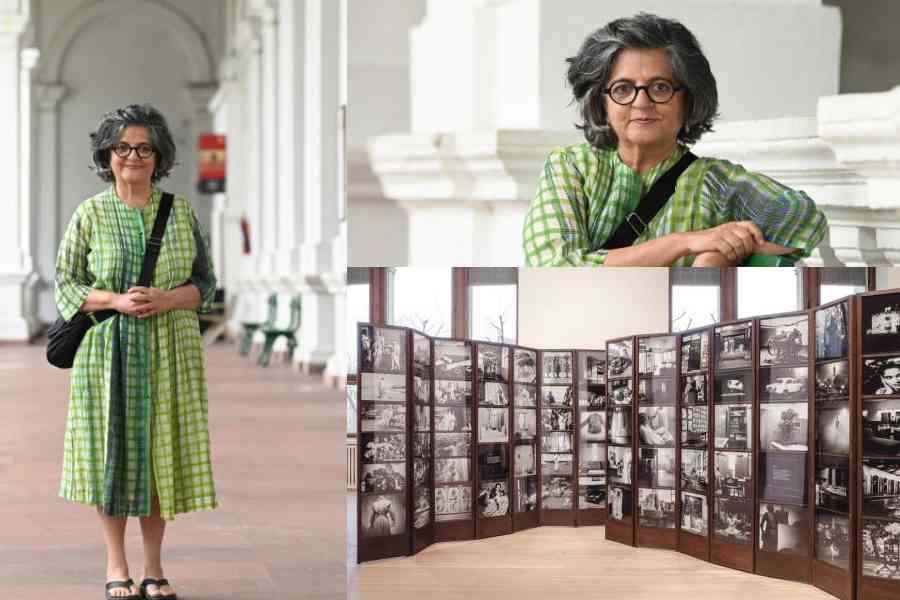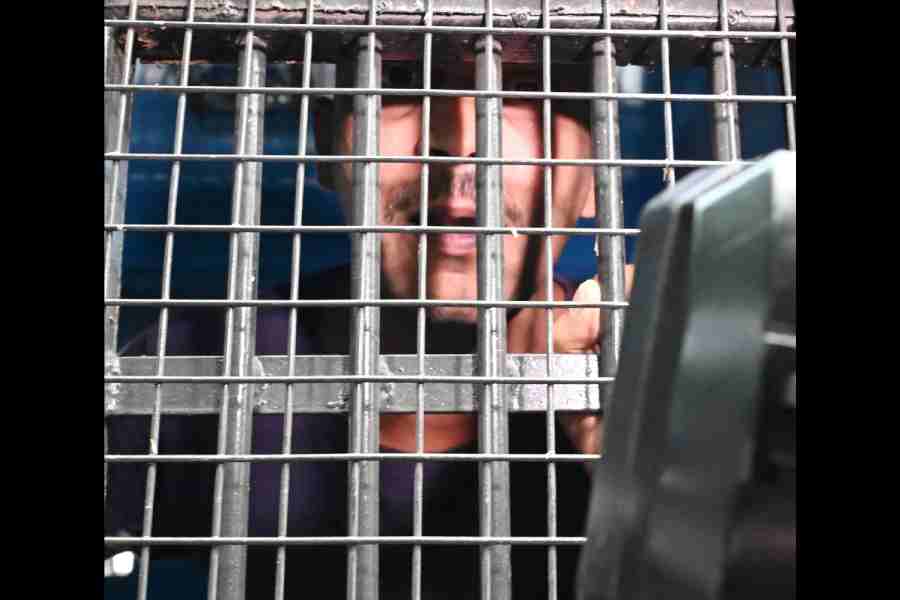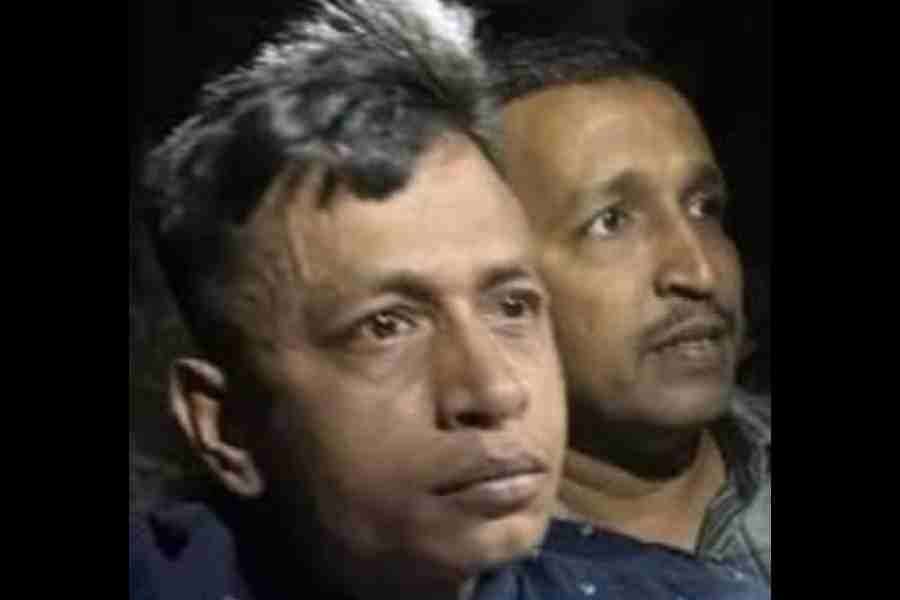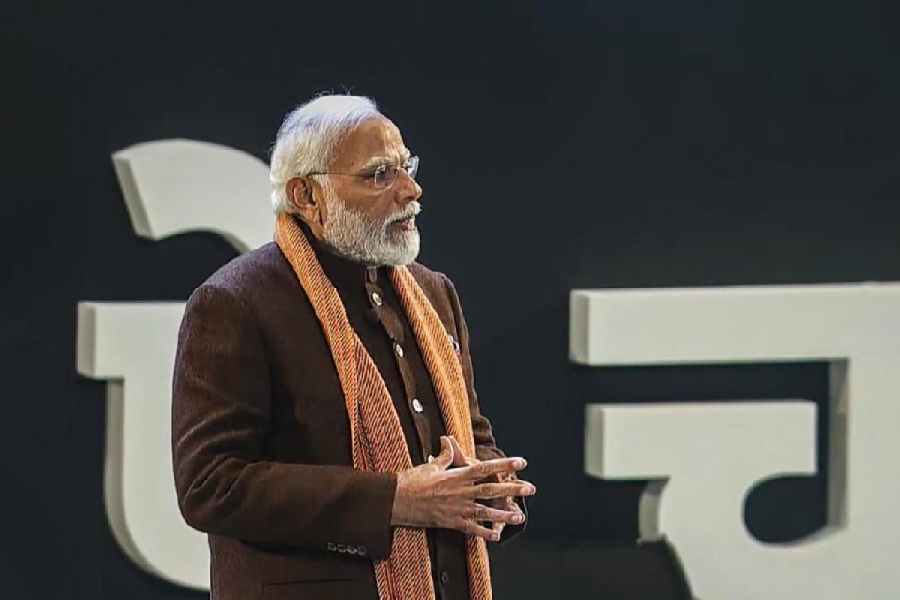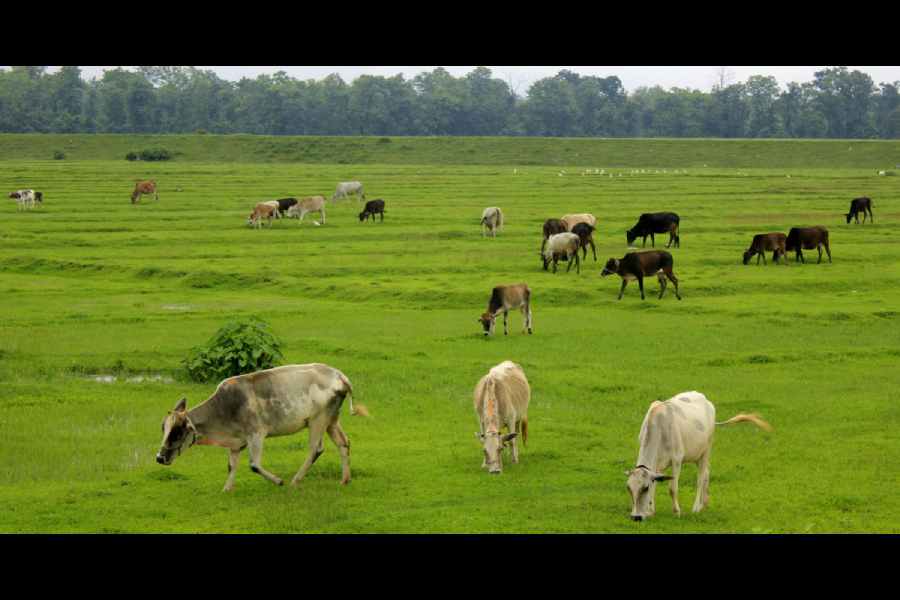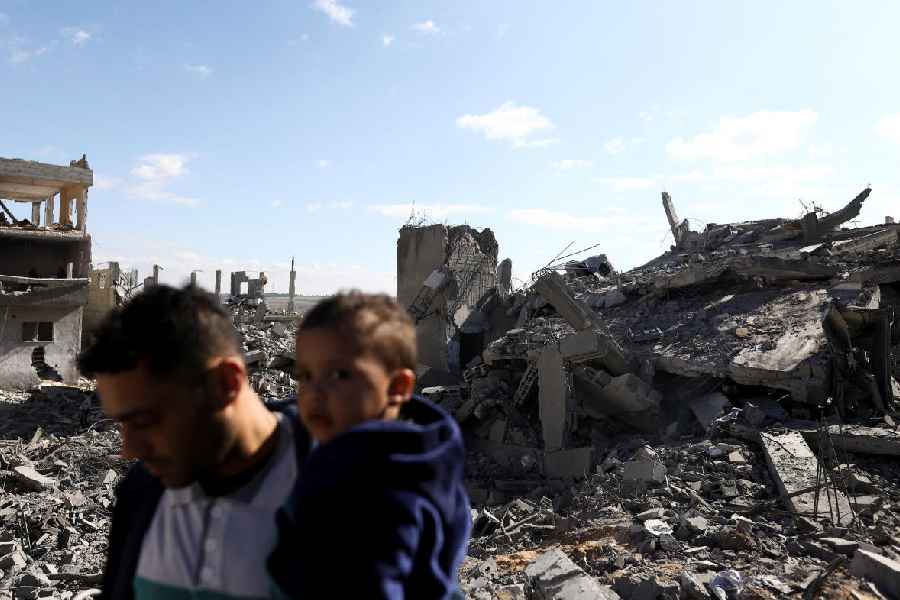Photography is in Dayanita Singh’s heart. And her heart is also filled with melody. She has travelled with and photographed legendary musicians like Ajay Chakraborty, Ustad Rashid Khan, Girija Devi, Vijay Kichlu, tabla maestro Zakir Husain, and a host of other greats as they would embark on a journey to remote parts of India to promote Indian classical music in the ‘80s. She has lived a fascinating dream and is gearing up to live another one. Her upcoming exhibition at the inaugural edition of the Bengal Biennale will present that ‘piece of history’ in her unconventional style, with Museum of Tanpura.
“It has been my dream to show at the Indian Museum. It’s a restricted place but because of the Bengal Biennale, they’ve given us a room. It doesn’t matter as long as it’s at the Indian Museum because art has to be about the people and Indian Museum gets 3,000-4,000 people a day. In the season it’ll get 7,000-8,000 people,” said Singh with a profound sense of excitement as she calculated her art’s reach. “Even if 10 per cent come into my gallery, that’s 800 people a day. That’s 24,000 in a month! No gallery will give me that possibility, except maybe Victoria Memorial. I want the little children also to look at my photographs and say ‘Who’s that?’ And somebody will say, that’s Girija Devi or this artiste or musician and that,” envisioned Singh as we sat post lunch, at a city hotel, to talk about her participation in the biennale that will take place from December 6 to January 5, in Calcutta, and from November 29 to December 22 in Santiniketan.
After a recce of the Indian Museum on a cloudy morning, Singh, who is known for adding a new dimension to static pictures and for her Book Objects and spectacular Museum collections that meld into the territory of installation art, looks quite content. Her method is disruptive; her frames have a melody. Singh, whose work has enchanted visitors at prestigious galleries across the globe, talks about her new body of work, her first exhibition in Park Street that went on for 10 years, and shifting the perception of photography and books.
Your Museum of Tanpura will have a very different setting, like a museum inside a museum. How do you think this will add to your artwork?
For me, it’s like a culmination because my museums will be shown inside my favourite museum, the Indian Museum. I don’t know what it means for anybody else, but, for me, it’s like a huge highlight. And these are the things a biennale can do that a private gallery cannot. A biennale gets a different kind of power, and it’s perhaps more related to people’s power because there’s no commercial thing here, nothing is for sale, there are no tickets. So there are no other agendas, except art. And what better city than Calcutta to do this in?
We are excited about the Bengal Biennale and the fact that you are part of it.
The Bengal Biennale is giving me the platform to be able to reach a much wider audience than any art gallery could give me. And that is what we need in the arts, especially in India because we have very few public institutions. So we need like a hundred biennales in this country. You will see the Biennale will really grow because it affects the economy of the place. The best would be if it could happen during the Durga Puja in Calcutta. It’s amazing to see how everyone comes out of their home, into their neighbourhood pandal, and then goes to other places. I’m suggesting to people that you make a 10-day trip, come to Santiniketan because you’re going to see so many different venues. In Calcutta, they’ve got some 10 venues and there are such incredible journeys to do from Calcutta.
Give us a peek into Museum of Tanpura, which will make its debut with the Bengal Biennale.
I’ve been coming to Calcutta since 1981 and staying at the ITC Sangeet Research Academy in Tollygunge with my friend Krishna Chaudhary and have photographed Ajay da, Rashid, Girija Devi, Jog sahab, Shubra, Vijay bhai. Every year we used to go on a bus with 15 or 20 of the greatest musicians at that time and then others who would join along the way for a few stops. For three weeks we would travel to spread Indian classical music in smaller towns in the 80s. So, I’ve made a museum of that called Museum of Tanpura. It has all the musicians I photographed in the 80s with the tanpura — backstage, in the house, on the bed, on the bus, in the train, in the car…
Nobody gives this kind of attention to the tanpura and yet there is no classical music possible without the instrument. So, when it came to where I would premiere Museum of Tanpura in India, my heart was like, it has to be Calcutta. I’m also making a tribute to Rashid Khan. There will be a pillar with pictures of Rashid that I took in the early 80s. A wall piece on Kishori Amonkar will also be there. Also, a very interesting aspect will be a tanpura that will be kept there. My connection with music is old and strong.
I’m also making a book on Museum of Tanpura, which I’m hoping to launch at the Kolkata Literary Meet. At the heart of so much of my work is Calcutta; half of my archive is from Calcutta.
You document moments through the medium of photography but they have an unconventional edge in terms of their presentation. At times it is in the form of a book, a museum inside a museum and it is also showcased as an installation. Where do you draw the inspiration from?
I get very bored with photographs of exhibitions which are just prints on the wall. You come, you look and you go. However, when you go to a sculpture exhibition, you look at it with your whole body. You walk around it, you bend down, you go up…. Photography is a very visceral experience. I photograph from my belly, using my whole body; it’s like a dance that I do with the camera. But suddenly it gets fossilised on the wall behind the glass. I wanted to change that. I decided to put the book on the wall and the print in some structure. I started to think of these as museum structures but unlike traditional museums, my museums have all these doors and panels, engaging people. Museum of Tanpura, for example, has 140 images but we will show 60 on day one and then show the others later during the biennale. It’s also a way of keeping the exhibition alive.
Photography is immense and photographers, I guess, or the art world, have somehow tried to fit it into a box; the box of the frame and the wall. But that’s not my experience of photography. And if nobody else is doing it, then I have to do it. So I have to shift that perception of photography and I have to shift the perception of the book. So on the wall, for example, we are going to have my Zakir Hussain book and Zakir Hussain maquette.
We seriously can’t wait to see how you do it.
And what I can’t wait to see is how you experience it.
Tell us about your camera and how has the tool evolved with you.
I think you take one camera and one lens and master it like the back of your hand. The more compact you can keep it, the easier it is for it to be part of your body. I photograph from my belly and it’s like a third breast for me. In the ’90s I started using the Hasselblad and then I switched to a digital camera from Sony, the smallest possible. So, it’s not something that I keep changing.
What’s next?
In 2008, I did an exhibition in Stephen Court on Park Street where I showed my Ladies of Calcutta. It so happened that I passed this jewellery shop, Satramdas Dhalamal Jewellers, where all the vitrines were empty. I went inside and asked if I could install my exhibition and the owner agreed. So I opened up all my accordion books, put them in the vitrines; made the paanwala, beside the store, and three beggar sisters, my guides to tell people what the work is about. And it stayed there from 2008 to 2018. I intend to go back to those ladies and do another project on them.

